Water contamination is an issue that affects almost everyone in Bangalore. A variety of water sources are available in the city, many of which incur some type of pollution along the line between source and distribution. Regardless of source, the burden of treatment quite often falls on the end consumer. It is typically their choice what method, if any, they wish to employ in addressing this issue.
In order to better understand how this issue varies spatially, Bangalore’s Janaaghraha initiated a water quality survey in each of the city’s 198 wards. The survey, which included results from over 8000 households, produced an averaged water quality score for each ward. This score represents the total percentage of water that could be considered drinkable before any additional treatment by the end consumer.
Pure Paani has used the water data available in the organization’s 2013 ward quality score data book to develop a visualization of the percentage of water by ward that needs to be treated before being considered portable. It hopes to use this data in order to determine where demand for its services is highest.
As shown, the water available in the city’s outer wards is most in need of treatment. However, a higher concentration of water contamination is by no means correlated with an increased demand for affordable treatment. Higher income residents are often willing to invest in household treatment systems such as reverse osmosis (RO), ultraviolet irradiation (UV) and gravity filters. These systems are in addition to prepackaged water services which offer convenience at a higher cost.

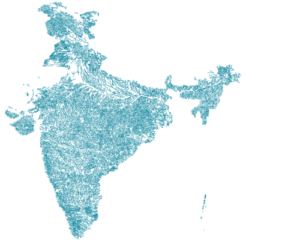
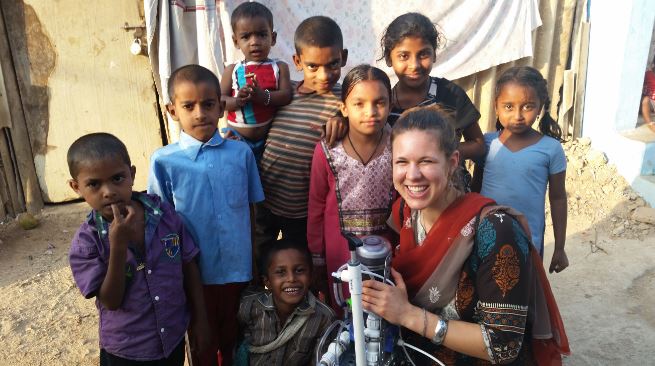
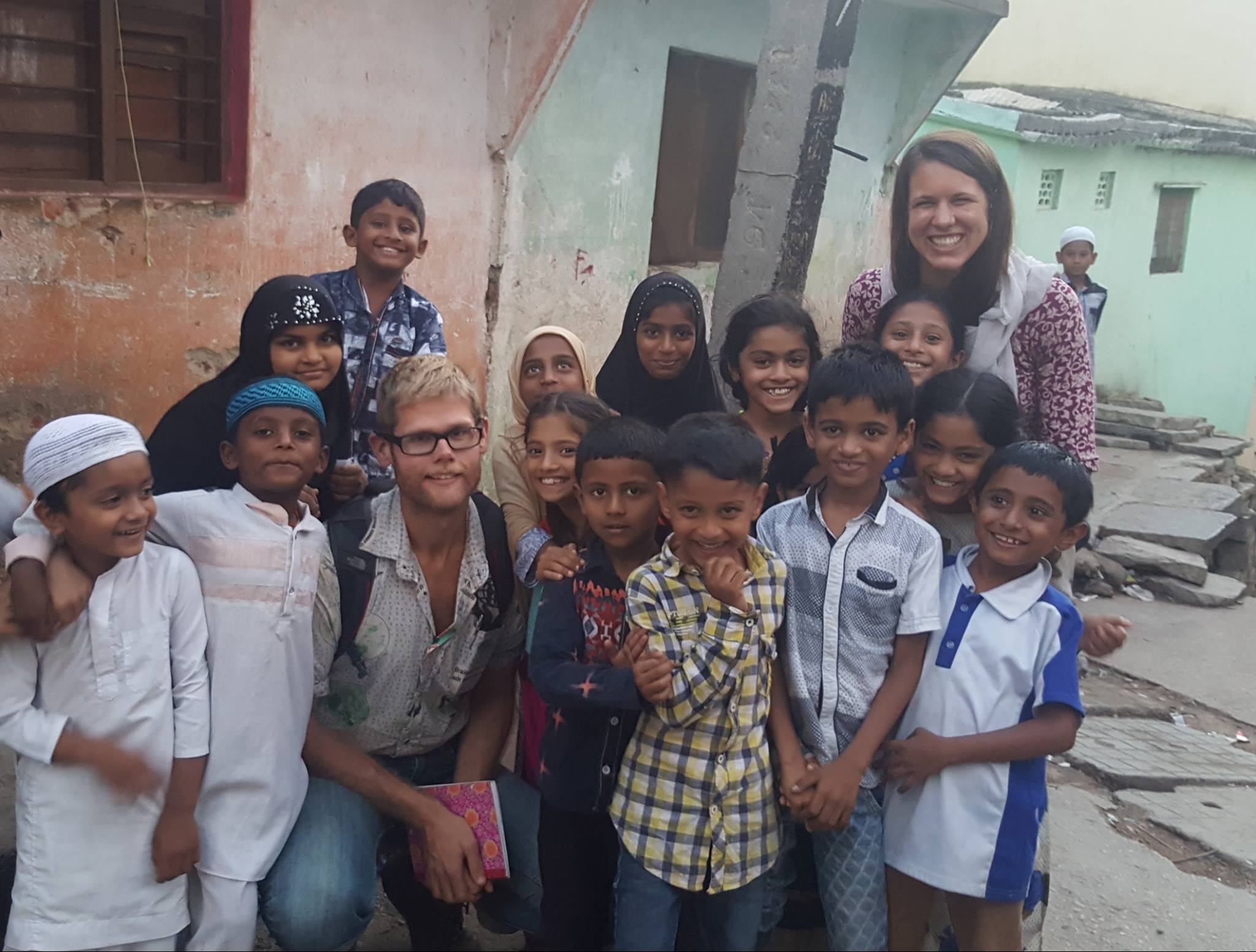
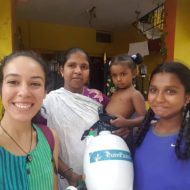
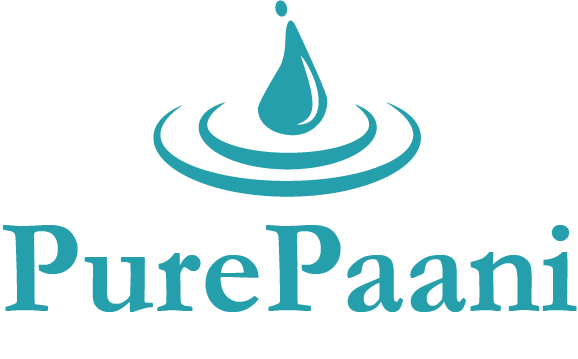
Recent Comments